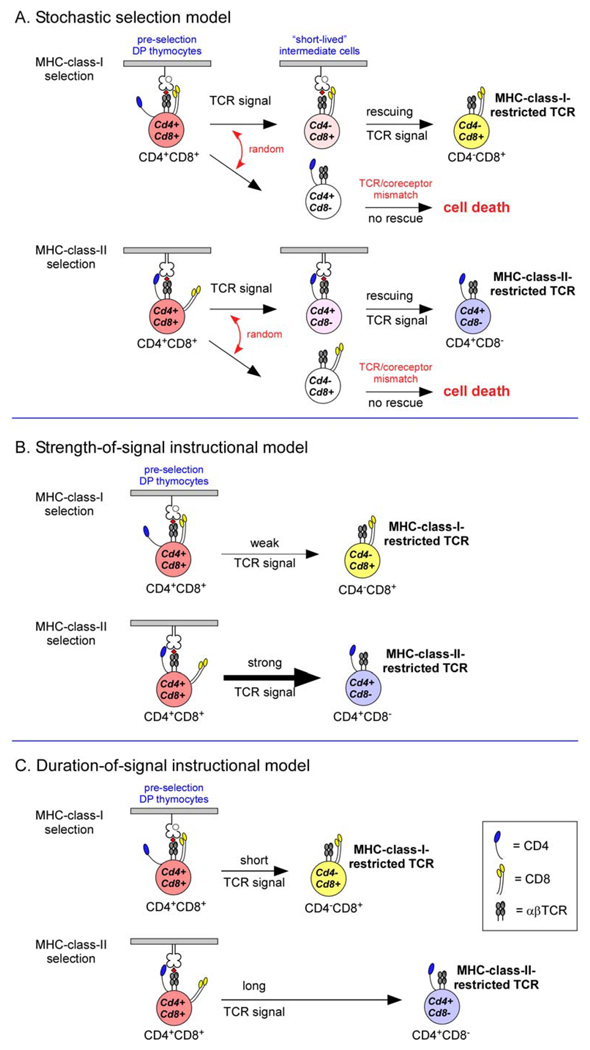Figure 2. Classical models of CD4/CD8 lineage choice.
A. The stochastic selection model postulates that positive selecting T-cell receptor (TCR) signals randomly terminate expression of one or the other co-receptor molecule, resulting in the generation of “short-lived” intermediate cells, which will undergo programmed cell death unless rescued by a second TCR signal. Because the TCR-mediated rescue signal requires TCRs and co-receptors that are matched, 50% of positively selected thymocytes will fail to survive and mature.
B. The strength-of-signal instructional model postulates that strong TCR signals terminate Cd8 transcription whereas weak TCR signals terminate Cd4 transcription. Signalling by CD4 and MHC-class-II-restricted TCRs is strong resulting in mature CD4+ T cells, whereas signalling by CD8 and MHC-class-I-restricted TCRs is weak resulting in mature CD8+ T cells.
C. The duration-of-signal instructional model postulates that long and/or strong TCR signals terminate Cd8 transcription, whereas short and/or weak TCR signals terminate Cd4 transcription. MHC-class-I-restricted and MHC-class-II-restricted TCR signals are proposed to differ in both duration and intensity.

